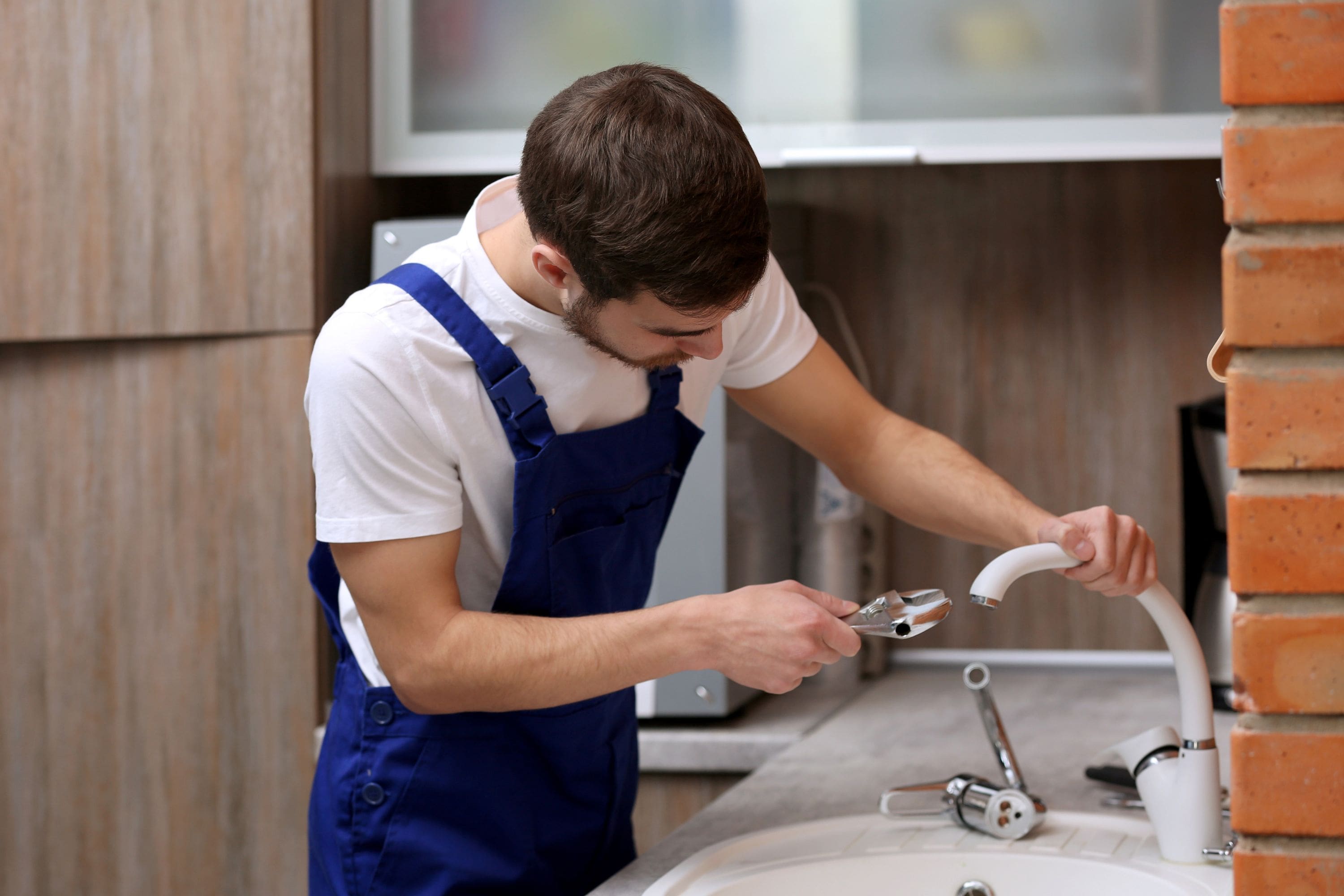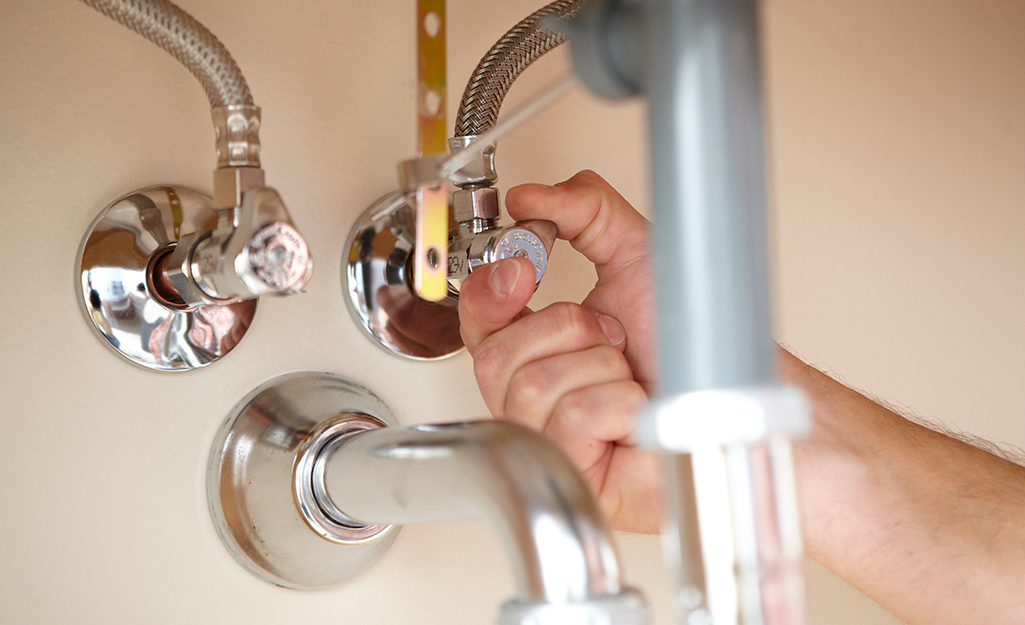The content listed below involving Leaky Faucets: Why They Happen & What to Do About Them is absolutely informative. You should investigate for yourself.

Leaking faucets may appear like a small aggravation, yet their influence surpasses simply the nuisance of the noise. From wasting water to incurring unneeded economic expenses and health threats, neglecting a leaking faucet can bring about different consequences. In this write-up, we'll explore why it's important to resolve this typical household concern promptly and properly.
Waste of Water
Environmental Influence
Leaking taps contribute considerably to water wastage. According to the Environmental Protection Agency (EPA), a solitary tap leaking at one drip per secondly can squander more than 3,000 gallons of water each year. This not just strains water sources but additionally influences ecosystems and wildlife based on them.
Financial Expenses
Increased Water Expenses
Beyond the environmental effect, trickling taps can blow up water expenses considerably. The gathered wastefulness with time converts into higher utility expenditures, which can have been stayed clear of with prompt repair services.
Potential Residential Property Damage
Furthermore, prolonged trickling can bring about harm to fixtures and surface areas surrounding the tap. Water build-up can cause discoloration, rust, and also structural problems if left unattended, resulting in added fixing expenses.
Health and wellness Worries
Mold And Mildew and Mildew Development
The constant visibility of moisture from a leaking tap creates an excellent environment for mold and mildew and mold development. These fungis not just compromise indoor air top quality yet also position health and wellness threats, particularly for individuals with respiratory conditions or allergic reactions.
Waterborne Conditions
Stationary water in leaking taps can end up being a breeding place for germs and other pathogens, enhancing the risk of waterborne diseases. Contaminants such as Legionella bacteria grow in stationary water, potentially resulting in serious ailments when consumed or breathed in.
Do it yourself vs. Specialist Fixing
Pros and Cons of Do It Yourself Repair Service
While some may attempt to fix a trickling tap themselves, DIY repairs feature their very own set of challenges. Without correct knowledge and tools, DIY efforts can worsen the concern or lead to incomplete repair work, extending the issue.
Benefits of Employing an Expert Plumber
Employing an expert plumber makes sure that the underlying source of the trickling tap is attended to successfully. Plumbing professionals have the know-how and devices to diagnose and repair tap problems efficiently, conserving time and minimizing the threat of additional damage.
Step-by-Step Overview to Taking Care Of a Dripping Faucet
Devices Needed
Prior to trying to fix a trickling faucet, collect the required devices, including an adjustable wrench, screwdrivers, replacement parts (such as washing machines or cartridges), and plumber's tape.
Typical Tap Issues and Their Solutions
Recognize the kind of tap and the specific issue triggering the drip. Common problems consist of damaged washers, rusty valve seats, or defective O-rings. Describe manufacturer directions or on-line tutorials for step-by-step assistance on repair services.
Safety nets
Regular Maintenance Tips
To avoid leaking taps, carry out regular upkeep such as cleaning up aerators, evaluating for leakages, and changing damaged components without delay. In addition, consider installing water-saving tools or updating to extra reliable components.
Value of Prompt Fixes
Resolving leaking faucets as soon as they're seen protects against additional water waste and potential damages, eventually saving both water and cash in the long run.
Influence On Building Value
Understanding of Well-Maintained Building
Maintaining a residential property in good condition, consisting of resolving upkeep concerns like dripping taps, boosts its viewed worth and desirability among possible buyers or occupants.
Impact on Resale Value
Features with well-kept plumbing components, consisting of faucets, command higher resale values in the realty market. Resolving dripping faucets can add to a favorable impression during residential property examinations and negotiations.
Environmental Responsibility
Individual Contribution to Conservation
Taking responsibility for repairing dripping faucets lines up with wider efforts toward water conservation and ecological sustainability. Every person's activities collectively make a considerable impact on preserving priceless sources.
Sustainable Living Practices
By prioritizing prompt repairs and taking on water-saving routines, individuals contribute to lasting living methods that benefit both existing and future generations.
Conclusion
Addressing a leaking faucet surpasses mere ease; it's a necessary step toward conserving water, lowering financial prices, and safeguarding health and wellness and property. Whether with do it yourself fixings or professional aid, acting to deal with trickling taps is a small yet impactful way to advertise liable stewardship of resources and contribute to a healthier, a lot more lasting future.
Most Common Reasons for a Leaky Faucet and How to Stop the Drip
Whether it’s your kitchen faucet leaking or a bathroom faucet leaking, one leaky faucet can waste anywhere from three to 30 gallons of water every single day. If the constant drip-drip-drip doesn’t get your attention, your water bill will. The good news is that, by following a few simple steps, chances are pretty good you can fix the problem yourself.
Why is it dripping?
Before you start taking things apart, let’s break down some of the most common causes of a leaky faucet.
Bad O-ring.
A cartridge is a valve that controls the flow of water into the faucet spout. On cartridge faucets there’s an O-ring—the little disc attached to the stem screw that holds the faucet handle in place. If it’s loose or worn-out, it can cause your sink handle to leak. Of course, the cartridge itself could be worn out. If that’s the case, make sure you replace it with the exact same kind.
Corroded valve seat.
The valve seat connects the faucet and the spout. If the leak seems to be coming from the spout, it might be because a buildup of water sediment has corroded the valve seat.
Worn-out washers or seals.
A leaky spout could be caused by a bad washer that rests against the valve seat. It’s just a matter of time before friction takes its toll. It could also be the wrong size washer or one that’s been installed incorrectly. Water sediments can also corrode inlet and outlet seals.
Water pressure.
If the faucet only drips now and then, or when you turn the handles a certain way, you should probably check your home’s water pressure.
Loose or broken parts.
The adjusting ring and packing nuts in the stream screw can become loose over time, causing your sink handle to leak. Try tightening or replacing the packing nut. If the leak is coming from the pipes underneath the sink, you probably have a broken pipe or fitting. If that’s the case, you should definitely call a plumber.
Know your faucet.
Faucets come in a variety of types. Each one has its own assembly—and its own possible causes of leaks. Learning about the four most common kinds of faucets will help you know how to take them apart and make any repairs.
How to stop a leaky faucet
Fixing that leaky faucet doesn’t have to take a lot of time, money, or expertise. It’s usually a simple matter of replacing a worn-out washer or gasket, a loose O ring, or another part. Chances are really good you can do this yourself if you follow these simple steps.
Shut off the water.
Before you tackle the faucet, cut off the water supply to the sink. There should be one valve for hot and one for cold. Hand-turn them clockwise with your hands till they close. If there are no valves under the sink, head to the basement and shut off the main water supply to the house. Then turn on the faucet until it empties out the water that’s still in the line and you’re ready to start. It’s a good idea to cover the sink drain with a plug or a rag so you don’t lose any small pieces and parts while you’re working.

Hopefully you enjoyed reading our part about Why Is It Important To Fix Your Leaking Tap/Faucet?. Thanks for taking a few minutes to read through our piece of content. Enjoyed our write up? Please share it. Help other people find it. Kudos for being here. Please stop by our site back soon.